Microsoft positioned as a Leader in the Gartner 2021 Magic Quadrant for Analytics and Business Intelligence Platforms
4 min. read
Published on
Read our disclosure page to find out how can you help MSPoweruser sustain the editorial team Read more
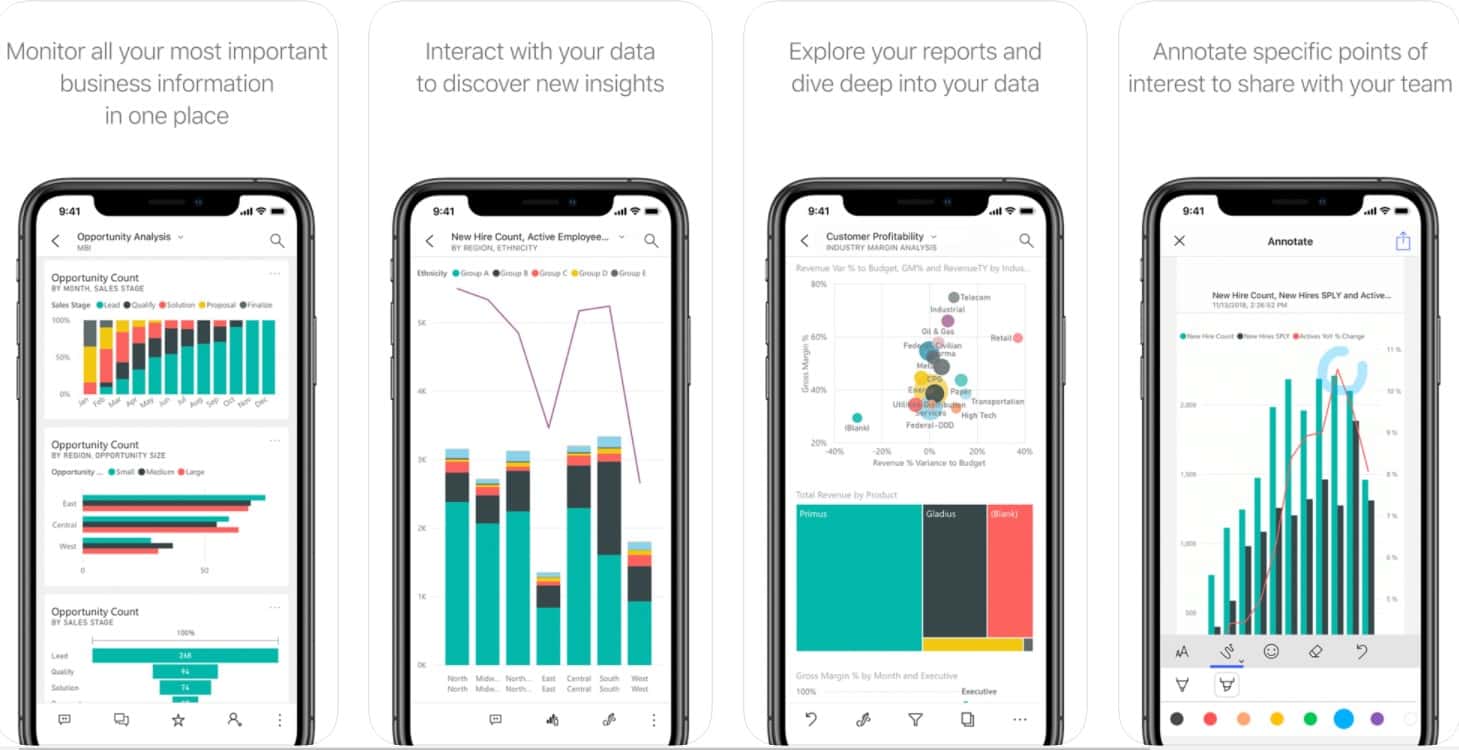
For the 14th consecutive year, Microsoft has been positioned as a Leader in the Gartner Magic Quadrant for Analytics and Business Intelligence Platforms. Like last 2 years, Microsoft was positioned furthest to the right for completeness of vision and furthest up in the ability to execute within the Leaders’ quadrant. For the third year, Salesforce (Tableau) has been positioned in the Leaders quadrant behind Microsoft. Thanks to Looker acquisition, Google has been placed in the Challenger quadrant and there is a high chance that Google may end up in the Leaders quadrant next year.
Gartner mentioned the following as the strengths and cautions of Microsoft’s Analytics and BI platform.
Strengths:
-
Alignment with Office 365 and Teams: The inclusion of Power BI in the Office 365 E5 SKU has provided an enormous channel for the platform’s spread, making it “self-seeding” in many organizations. The increasing integration of Power BI into Microsoft Teams, with its tens of millions of daily active users, will further increase Power BI’s reach in the world of remote working. Power BI is now often the option that organizations have in mind when using Gartner’s client inquiry service to ask about ABI platform selection — “why not Power BI?” is effectively the question most are asking.
-
Price/power combination: The influence of Power BI has drastically reduced the price of tools in the ABI platform market since its launch. In this case, though, low price does not equate to limited functionality. The Power BI cloud service is extremely rich in its capabilities, which include an enlarged set of augmented analytics and automated ML capabilities. AI-powered services, such as text, sentiment and image analytics, are available within Power BI Premium and draw on Azure capabilities.
-
Scope of product ambition: Microsoft continues to invest in a broad set of visionary capabilities and to integrate them with Power BI. It now claims to have 80,000 customers using AI services in Power BI deployments. It continues to encourage usage at scale by, for example, applying ML-driven automatic optimization of materialized views on Azure Synapse (and soon other data sources, including Snowflake and Redshift) to autotune query performance.
Cautions:
-
Functional gaps in on-premises version: Compared with the Power BI cloud service, Microsoft’s on-premises offering has significant functional gaps, including in relation to dashboards, streaming analytics, prebuilt content, natural language question and answer, augmentation (what Microsoft calls Quick Insights) and alerting. None of these functions are supported in Power BI Report Server, its on-premises offering.
-
Azure only: Microsoft does not give customers the flexibility to choose a cloud IaaS offering. Its Power BI service runs only in Azure. However, customers that utilize Azure can take advantage of the global reach offered by Microsoft’s cloud platform. Power BI Premium enables customers to enable multigeography capabilities in their Power BI tenant, and they can deploy their capacity to one of 42 globally available data centers.
-
Content promotion and publication process: The way in which Power BI handles the promotion and publication of content can lead to a significant administrative overhead for customers. The fact that there is a one-to-one relationship between published Power BI apps and Workspaces (Power BI’s collaborative “development” environment) means that organizations may face a situation in which they are manually managing many hundreds of Workspaces. Retroactively fixing this issue is a complex task. How to govern self-service usage is perhaps the most common question asked about Power BI by users of Gartner’s inquiry service. The Power BI team is, however, investing in governance capabilities to help customers manage their Power BI environments better.
You can read the full report by Gartner here.
Source: Microsoft

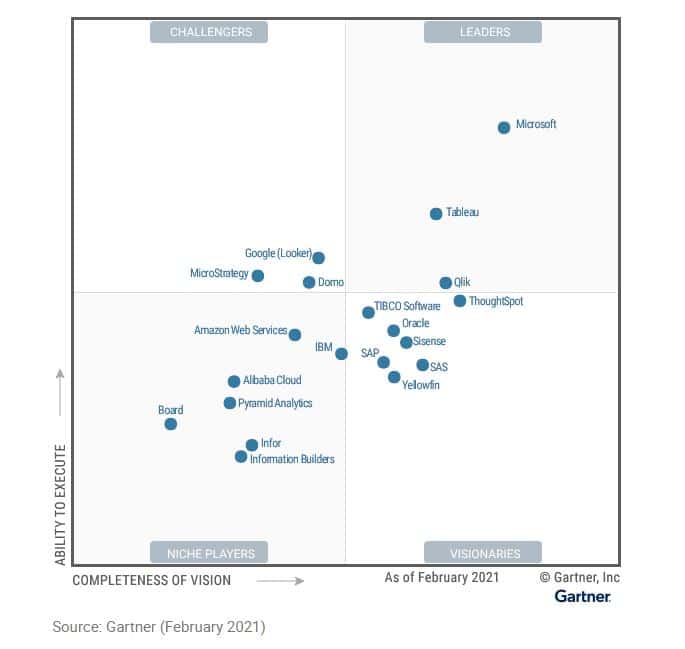


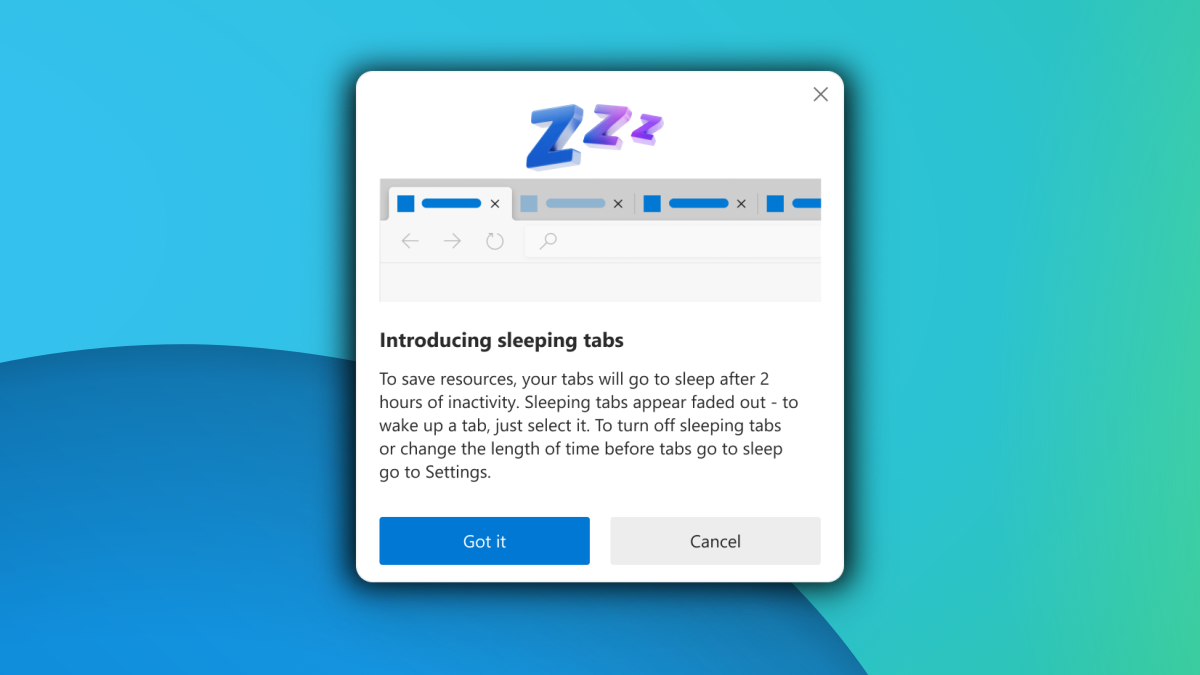

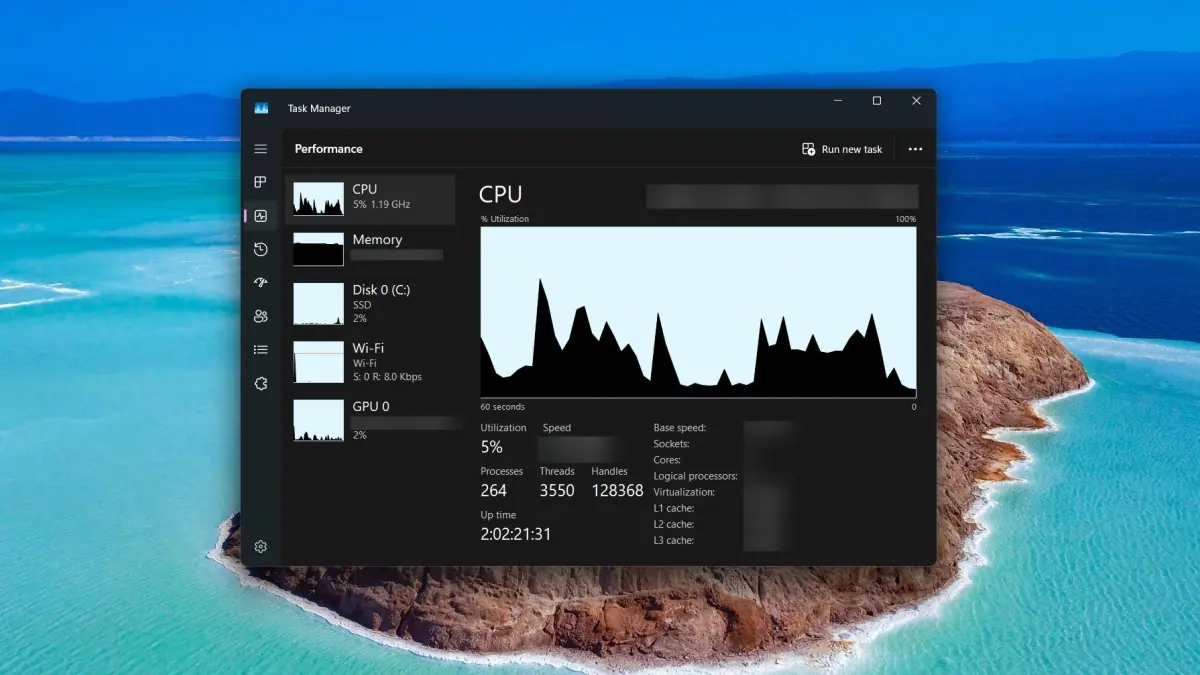

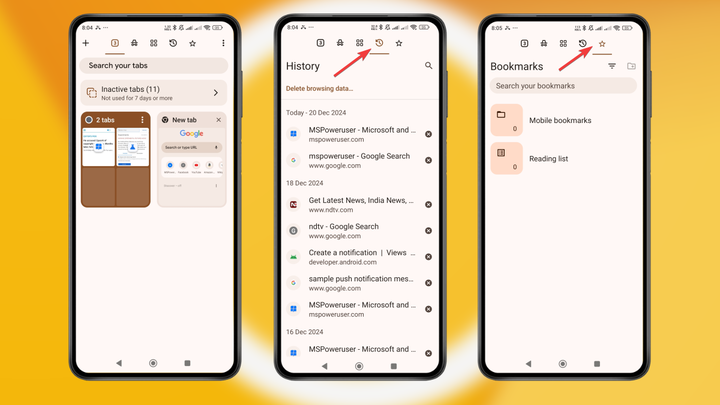

User forum
0 messages